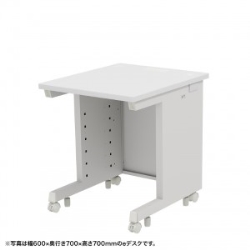
マイストア
変更
お店で受け取る
(送料無料)
配送する
納期目安:
07月28日頃のお届け予定です。
決済方法が、クレジット、代金引換の場合に限ります。その他の決済方法の場合はこちらをご確認ください。
※土・日・祝日の注文の場合や在庫状況によって、商品のお届けにお時間をいただく場合がございます。
Emergent Bilinguals and Educational Challenges at Public Schools in Japanの詳細情報
| Junko MAJIMA 編著 日本社会における喫緊の課題の一つである「日本語指導が必要な児童生徒」へのより良い教育に向けて、大阪の中国ルーツの子どもが多い公立小学校での教育実践と二言語力調査に基づいて、「何もなくさない」全人的な教育に対する姿勢や環境整備のあり方を発信する。『母語をなくさない日本語教育は可能か—定住二世児の二言語能力—』(2019年、大阪大学出版会)の英語版。 While the number of foreigners living in Japan continues to grow, as if ridingthe wave of globalization, the number of children whose mother tongue is notJapanese is increasing at Japanese schools. Unlike those who came to Japan aftercompleting their language development, in other words, after mastering their first language and cognitive development in their home countries, “second-generation children” who were born in Japan or came to Japan at an early age are said to be very likely to lose their mother tongue due to the struggle between their mother tongue and the local language. Language education for “children who need Japanese language instruction”is an urgent issue in Japan’s language education policy, and “children for whom Japanese is not their mother tongue” have been referred to as “children with foreign roots” or “foreign children,” often with the negative connotation of being “problematic,” for a long time. In this book, we refer to them as “CLD children”(Culturally Linguistically Diverse Children) following Cummins (2011), and CLD children are described positively as “children who can speak Chinese (or whichever language is their mother tongue),” for example, in reference to the language that is being nurtured at home. However, rather than being referred to positively as “children who can speak Chinese,” CLD children are too often cast as “children who cannot speak Japanese” or “problems” which might disrupt the“harmony” or homogeneity of Japanese society. |
| 菊判 126ページ |
※日本国内のみ販売可能な商品です。海外販売はできません。
近くの売り場の商品
カスタマーレビュー
オススメ度 4.7点
現在、123件のレビューが投稿されています。









